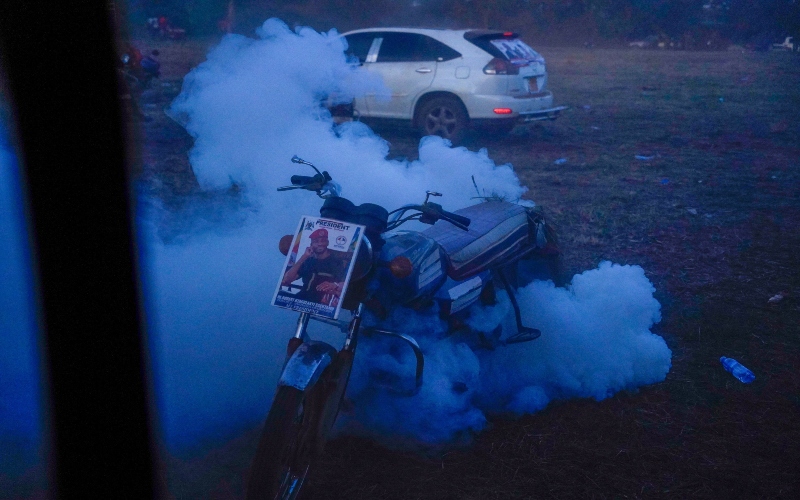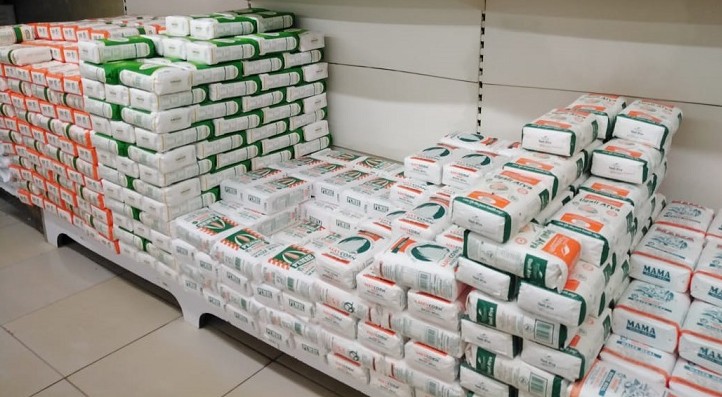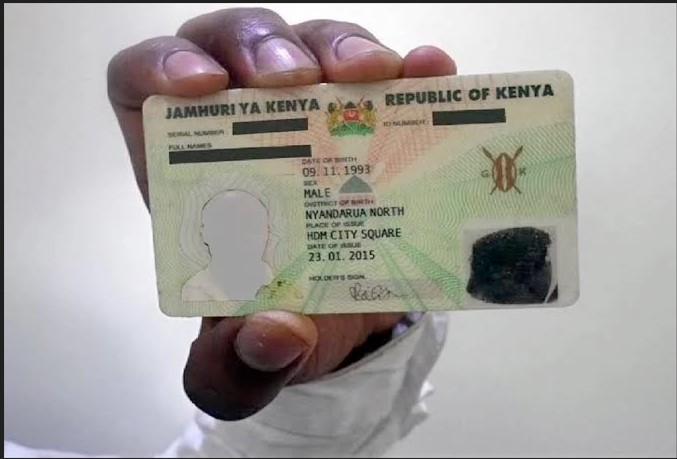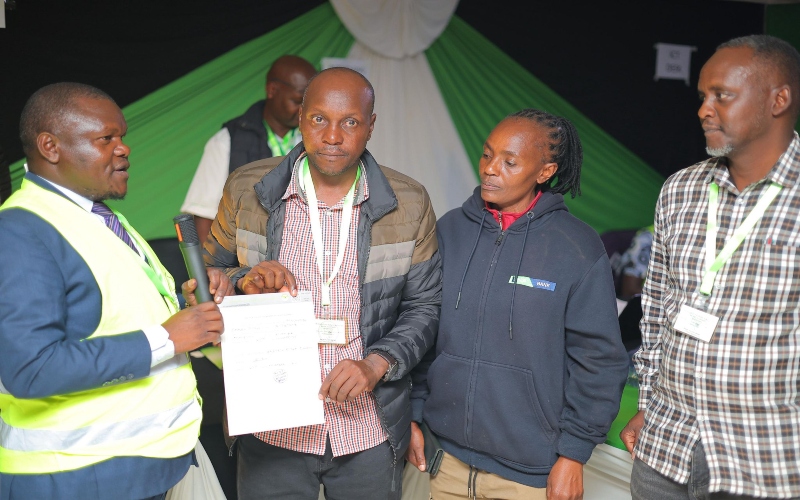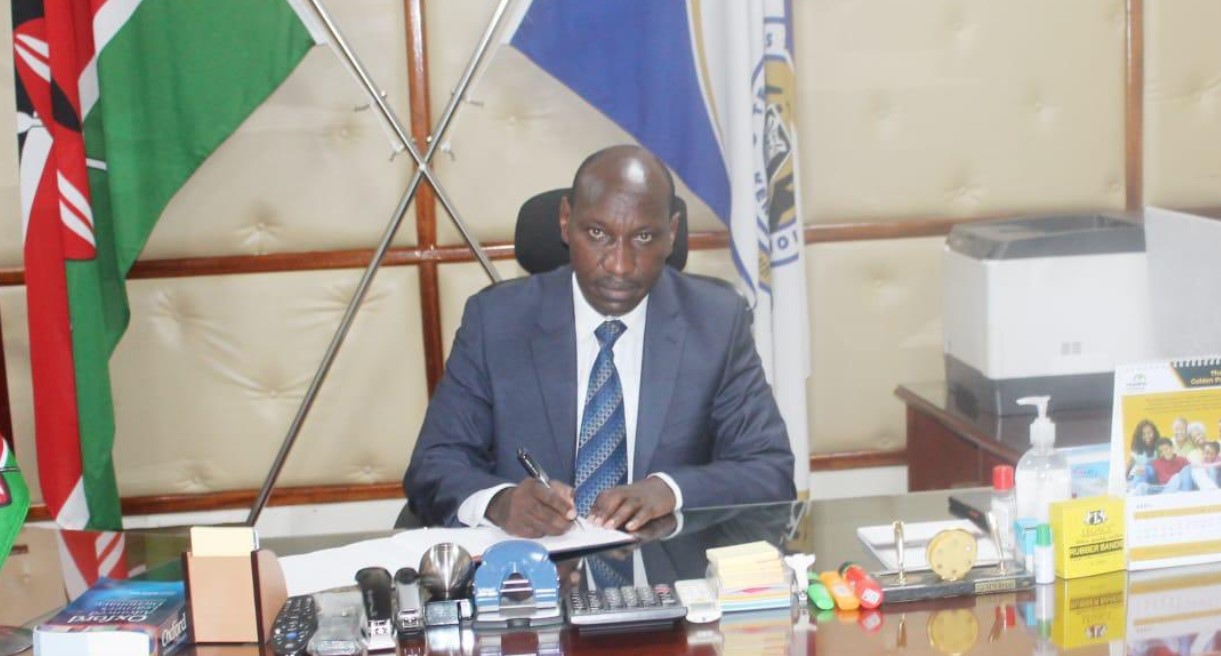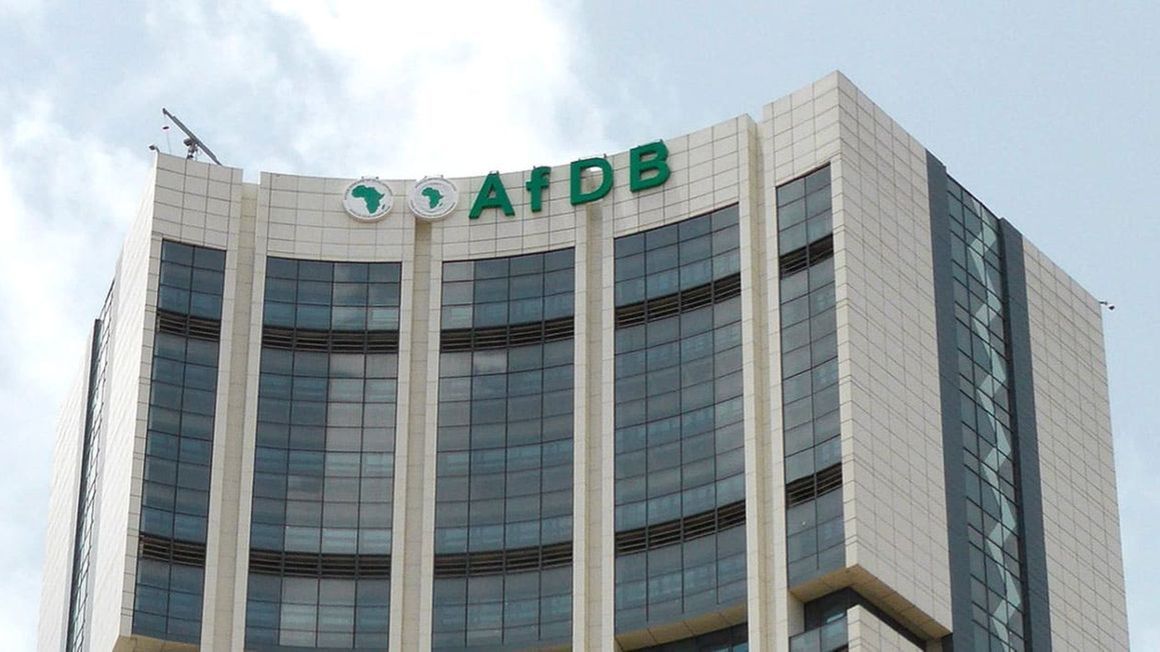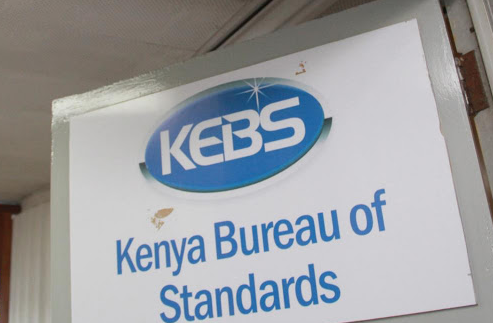Nairobi leads in plastic waste despite single-use papers ban as report shows alarming pollution levels
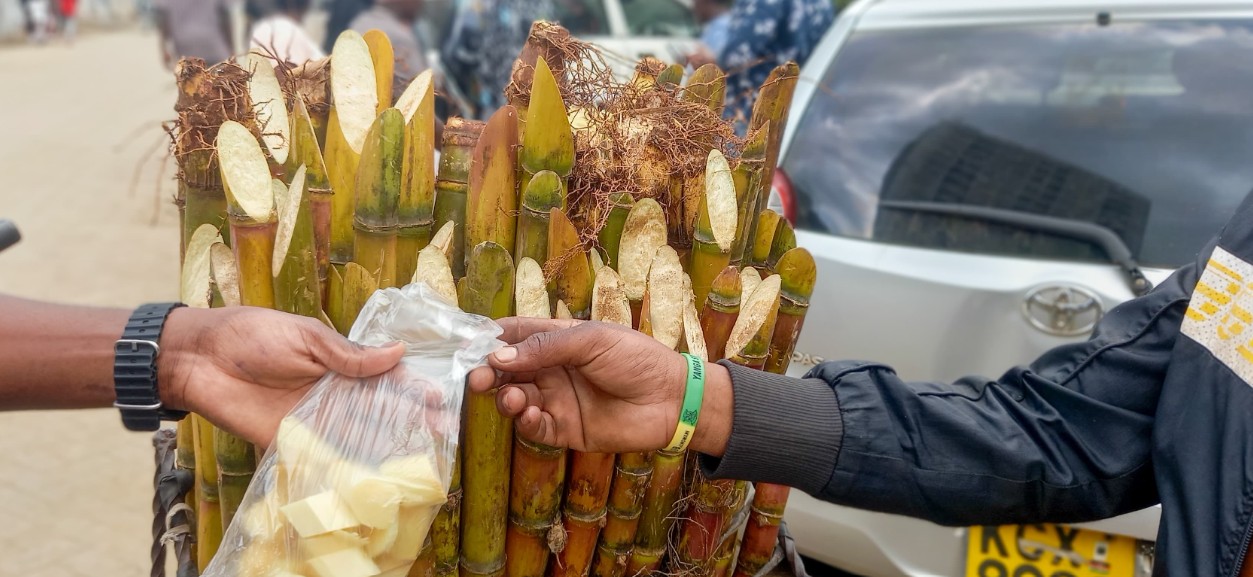
Nairobi accounts for a third of all non-recyclable waste in Kenya, with the city’s urban areas producing nearly 30 per cent of daily plastic garbage, yet only eight per cent of it is recycled.
Nairobi remains the country’s top plastic waste generator despite Kenya’s 2017 ban on single-use plastics, a new report reveals, casting doubt on the ban’s effectiveness and the strength of enforcement measures.
According to World Vision Kenya, the country produces 22,000 tonnes of waste every day, and 20 per cent of that is plastic.
More To Read
- We tested if a specialised magnetic powder could remove microplastics from drinking water: The answer is yes
- How Nigeria’s plastic waste could enrich the fashion industry
- NEMA launches crackdown on factories producing plastic bags
- Unseen and unprotected: The hidden workforce battling Kenya’s waste crisis
- The recycling dilemma: Most plastic still ends up as waste
- Kenya calls for swift action on global plastic pollution treaty
Nairobi accounts for a third of all non-recyclable waste in Kenya, with the city’s urban areas producing nearly 30 per cent of daily plastic garbage, yet only eight per cent of it is recycled. The rest is either incinerated or left to pollute land and water bodies.
The report highlights how plastic pollution continues to overwhelm other major counties, including Mombasa and Kisumu, where it contributes to environmental damage along Lake Victoria and Indian Ocean coastlines.
In Nairobi, black market plastic bags are still widely used in markets, leading to clogged drainage systems and routine flooding during the rainy season.
“Plastic pollution disproportionately affects Kenya’s most vulnerable populations, particularly children living in informal settlements and arid and semi-arid lands, where poor waste management and environmental degradation collide,” World Vision said.
“These children face increased risks of exposure to toxic chemicals, contaminated water and food, and suffer long-term health impacts from pollution linked to open burning and improper plastic waste disposal,” Gilbert Kamanga, national director of World Vision Kenya, added.
The plastic pollution problem persists even after the government stepped up the 2017 ban in 2020 to include national parks and protected areas.
Weak implementation
Still, implementation remains weak. Nairobi County has repeatedly threatened market crackdowns to stop illegal plastic use, but these threats have not materialised into action.
The Global Plastic Action Partnership, a network of environmental experts, confirmed that “tremendous waste is generated in Kenya every day, and at least 20 per cent of it is plastic.”
It warned that the plastics end up in rivers and oceans, worsening marine pollution and threatening the survival of coastal communities.
The Nairobi River is among the worst-affected. Its colour and flow have been severely impacted by plastic waste, particularly polythene bags.
While the government has introduced policies supporting a circular economy and expanded producer responsibility, the impact remains minimal.
As the world seeks global solutions, the United Nations Environment Programme said negotiations for a joint international agreement on managing plastic waste are underway, with a major summit planned in August in Korea.
The talks were launched in Kenya in 2022.
World Vision is calling for more urgent and practical steps to enforce the ban and protect children in high-risk areas.
It also linked high rates of malnutrition, stunting, anaemia, and underweight cases in Kenya’s arid counties to the worsening environmental conditions.
Top Stories Today

